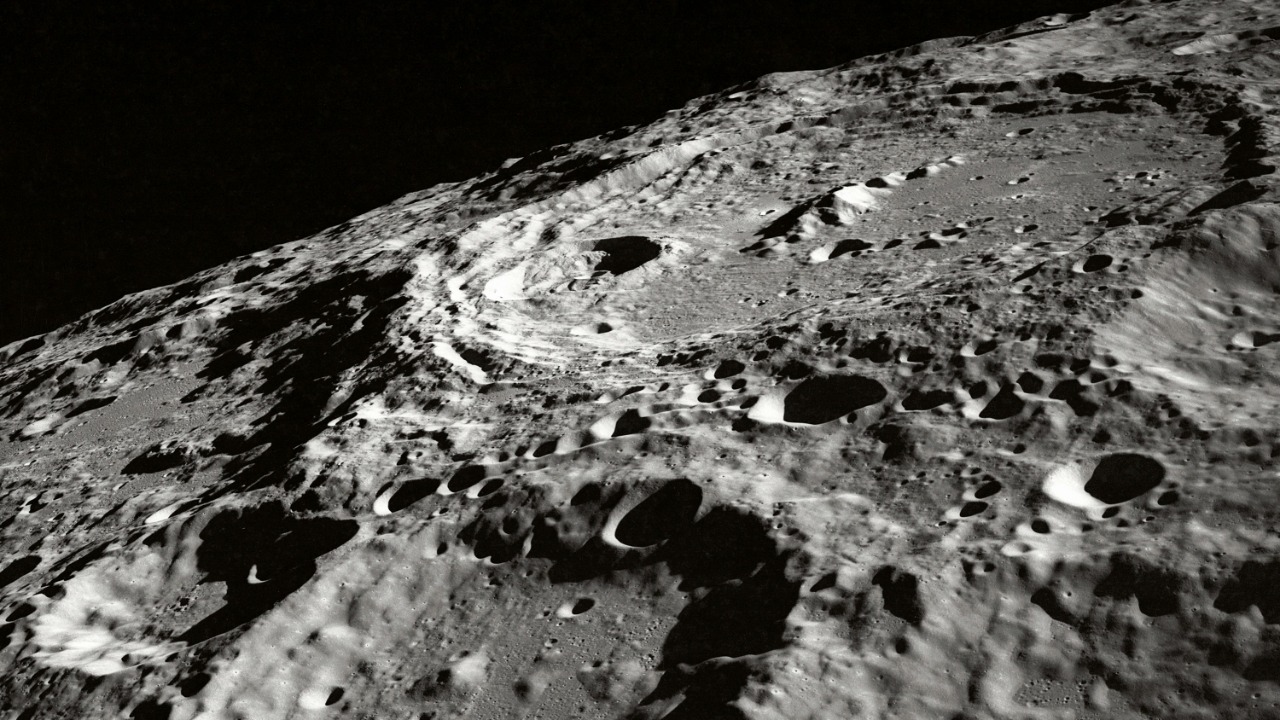
Water ice on the moon is no longer a subject of speculation, but a reality that scientists are keen to explore. However, the challenge lies in identifying its precise locations, which are believed to be concentrated in shadowed craters and polar regions. Recent analyses have emphasized the importance of strategic prospecting techniques in this endeavor. NASA’s assessments from 2020 have revealed water and ice in more locations than previously anticipated, expanding potential sites beyond initial expectations. Meanwhile, the quest to map lunar resources is being aided by advanced scientific methods, as outlined by Nokia, highlighting the need for innovative detection amid ongoing planetary exploration.
Historical Context of Lunar Water Detection
The possibility of water ice on the moon was first hinted at by NASA’s missions in the 1990s and 2000s, including Clementine and Lunar Prospector. These missions detected hydrogen signatures suggestive of water ice in permanently shadowed craters. The 2009 LCROSS impact experiment provided direct evidence of ice deposits by confirming the presence of water molecules in a south pole crater. These early findings established the polar regions as primary targets for water ice prospecting, as minimal sunlight exposure in these areas helps preserve volatile ices.
Expanded Discoveries Beyond NASA’s Expectations
On October 26, 2020, NASA made a groundbreaking revelation. The agency found water and ice on the Moon in more places than it had previously thought, including non-polar areas with hydrated minerals. This analysis challenged prior assumptions that water ice was limited to shadowed sites, revealing the presence of diffuse water in sunlit regions. These revelations have broadened the search area for lunar water ice, incorporating mid-latitude craters and subsurface layers.
Strategic Locations for Water Ice Prospecting
Despite the expanded search area, scientists continue to emphasize the importance of focusing on permanently shadowed craters near the lunar poles. These areas, where temperatures remain below -200°C, are ideal for trapping ice. Specific sites like the Shackleton Crater at the south pole show high potential based on orbital spectroscopy data. In addition to polar regions, equatorial and mid-latitude regions may also hold subsurface ice, which could be accessed via targeted drilling rather than surface exposure.
Scientific Methods for Prospecting Lunar Water
The science of prospecting for water on the Moon has evolved significantly over the years. As detailed by Nokia in 2025, the process now integrates remote sensing with ground-penetrating radar. Techniques include neutron spectroscopy to detect hydrogen and infrared imaging to map hydrated soils. Emerging tools like AI-driven analysis of orbital data are enhancing precision in identifying viable extraction sites, demonstrating the role of innovation in lunar exploration.
Challenges in Accessing and Extracting Lunar Ice
Despite the advancements in detection methods, accessing and extracting lunar ice is not without its challenges. The harsh conditions in shadowed craters, including extreme cold and lack of sunlight, complicate both robotic and human access. Dust and regolith interference can obscure detection instruments, necessitating robust engineering solutions. Furthermore, quantifying ice purity and volume remains uncertain, with estimates varying from trace amounts to potential billions of tons.
Implications for Future Lunar Missions
The presence of water ice on the moon has significant implications for future lunar missions. It could support in-situ resource utilization for fuel and life support in NASA’s Artemis program. Strategic prospecting also informs landing site selection for upcoming missions targeting polar resources. International collaborations, including those leveraging Nokia’s insights, aim to accelerate commercial lunar water extraction, paving the way for sustained human presence on the moon.
Comparative Insights from Other Celestial Bodies
While the moon offers promising prospects for water extraction, it’s worth noting the contrasting scenario on Mars. Scientists identified oceans of water on Mars on August 12, 2024, but these reserves are buried 11 to 20 miles deep in the mantle, making them too inaccessible for current tapping efforts. Unlike Mars’ deep subsurface reserves, the Moon’s surface and near-surface ice offer more feasible extraction for near-term missions. These planetary contrasts underscore the Moon’s advantage in water accessibility for sustaining human presence.
More from MorningOverview